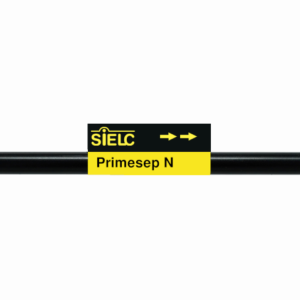| CAS Number | 36791-04-5 |
|---|---|
| Molecular Formula | C8H12N4O5 |
| Molecular Weight | 244.207 |
| InChI Key | IWUCXVSUMQZMFG-AFCXAGJDSA-N |
| Synonyms |
|
Applications:
HPLC Separation of Ritonavir and Ribavirin
August 22, 2008
Separation type: Liquid Chromatography HILIC

Ritonavir and Ribavarin are two drugs which are very different in their properties for HPLC separation. Very hydrophobic and very hydrophilic drugs are separated on Primesep N using Hydrophilic Interaction Chromatography (HILIC). Ritonavir is an antiretroviral drug from the protease inhibitor class used to treat HIV infection and AIDS. Ritonavir is very hydrophobic and non-ionizable and retains very long in reverse phase chromatography. Ribavirin is an anti-viral drug which is active against a number of DNA and RNA viruses. It is a member of the nucleoside antimetabolite drug, which makes it very hydrophilic.
| Column | Primesep N, 4.6×150 mm, 5 µm, 100A |
| Mobile Phase | MeCN/H2O – 97/3% |
| Buffer | No |
| Flow Rate | 1.0 ml/min |
| Detection | UV 250 nm, MS- compatible mobile phase |
| Class of Compounds | Drug |
| Analyzing Compounds | Ritonavir, Ribavirin |
Application Column
Primesep N
Column Diameter: 4.6 mm
Column Length: 150 mm
Particle Size: 5 µm
Pore Size: 100 A
Column options: dual ended
Ritonavir



